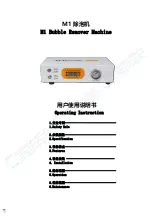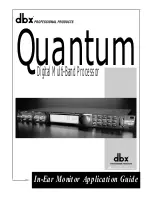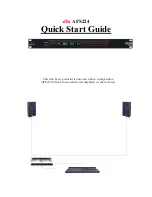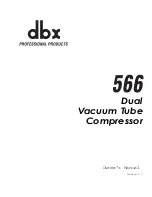
Chapter 7 – Maintenance
TestEquity 1016H & 1027H Temperature/Humidity Chamber
Page 7-11
Refrigeration System
(non-humidity mode)
In non-humidity mode, cooling is accomplished by a cascade refrigeration system. A cascade
refrigeration system consists of two interdependent refrigeration systems. The low-stage
provides cooling to the chamber interior through a finned evaporator coil, which is located in the
air plenum. The high-stage provides cooling to the cascade condenser. The cascade condenser is
a heat exchanger that has one circuit which is the evaporator of the high-stage, and another
circuit which is the condenser of the low-stage.
The high-stage uses refrigerant R-404A or R-449A. High pressure liquid refrigerant is fed from
the condenser through the liquid line, filter-drier, and sight glass to the thermostatic expansion
valve. The thermostatic expansion valve controls the feed of liquid refrigerant to the evaporator
circuit of the cascade condenser and, by means of an orifice, reduces the pressure of the
refrigerant to the evaporating or low side pressure. The reduction of pressure on the liquid
refrigerant causes it to boil or vaporize, absorbing heat which provides a cooling effect. The
refrigerant vapor travels through the suction line to the compressor suction inlet. The compressor
takes the low pressure vapor and compresses it, increasing both the pressure and the temperature.
The hot, high pressure vapor is forced out of the compressor discharge valve and into the
condenser. As the high pressure vapor passes through the condenser, it is cooled by a fan, which
blows ambient air across the finned condenser surface. The vapor condenses into a liquid and the
cycle is repeated.
The Low-Stage uses refrigerant R-508B. High pressure liquid refrigerant is fed from the
condenser circuit of the cascade condenser, through the filter-drier and liquid-line solenoid valve
to the thermostatic expansion valve. The thermostatic expansion valve feeds the finned
evaporator coil, which is located in the air plenum where heat is absorbed to provide a cooling
effect within the chamber. The refrigerant vapor travels through the suction line to the
compressor suction inlet. The compressor takes the low pressure vapor and compresses it,
increasing both the pressure and the temperature. The hot, high pressure vapor is forced out the
compressor discharge valve and into the desuperheater. The desuperheater removes some of the
heat of compression. Next, the vapor goes through the oil separator, which returns any entrained
oil back to the compressor’s crankcase. The vapor flows through the condenser circuit of the
cascade condenser, where it is condensed back into a liquid.
The F4T/F4 controller cycles the low-stage liquid-line solenoid valve (SV1) ON/OFF to control
the chamber temperature. When SV1 is ON, liquid refrigerant flows through the thermostatic
expansion valve and evaporator to cool the chamber. When SV1 is OFF, the flow stops. The hot
gas bypass solenoid valve (SV2) is ON whenever SV1 is OFF. SV2 feeds high pressure vapor to
the hot gas regulator, which meters a precise amount into the suction line to maintain a minimum
load on the system and keep it out of a vacuum. The hot gas regulator is adjusted to keep the
suction pressure at 8 PSIG when SV1 is OFF. This is also called “bypass mode”. The
temperature controller alternately cycles SV2 and SV1 through cool relay CR1. Pilot Light PL2
provides an indication on the front panel when SV1 is ON.
During a high temperature pulldown or a continuous bypass condition, it is possible for
excessive hot gas to return to the compressor. A suction line cooling thermostatic expansion
valve (on both high- and low-stages) senses the suction line temperature and injects liquid
refrigerant to cool the hot gas within safe limits.















































